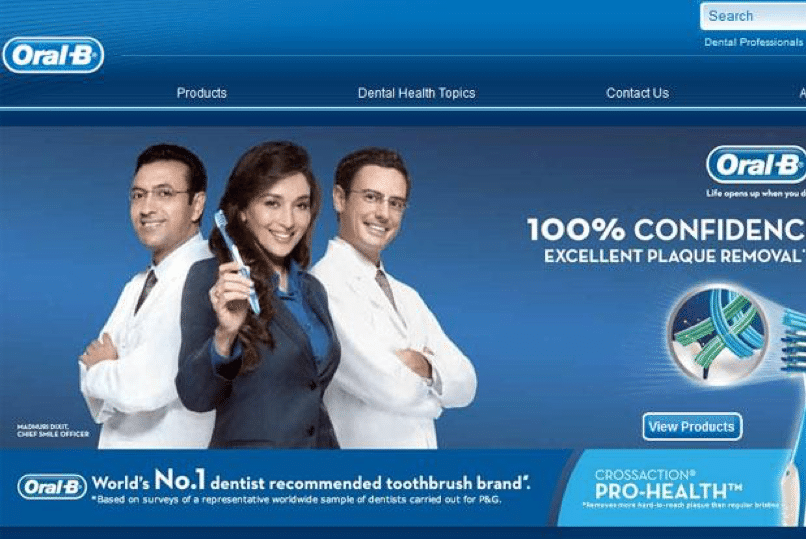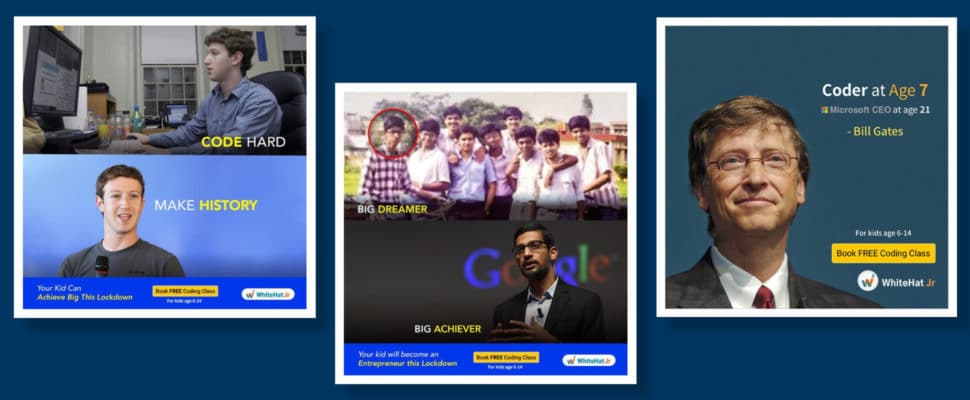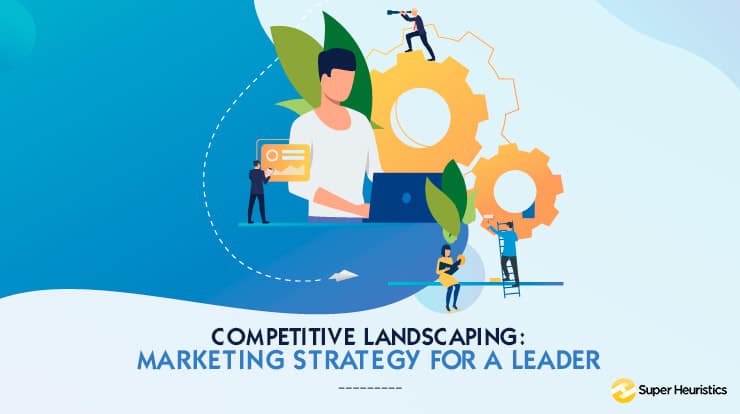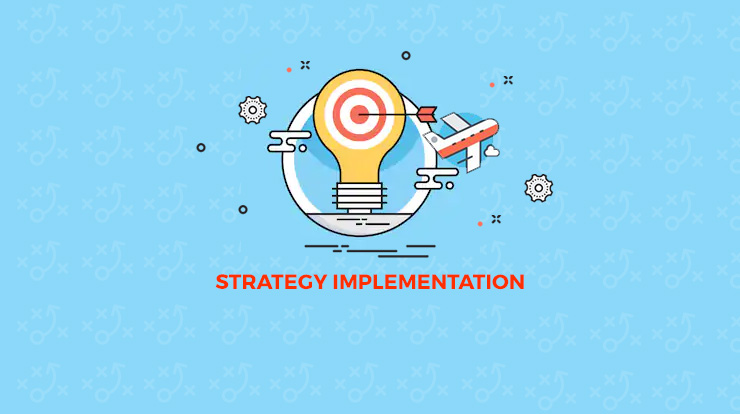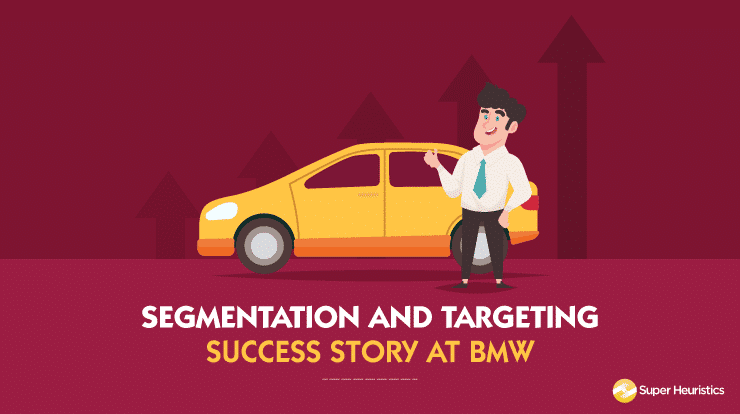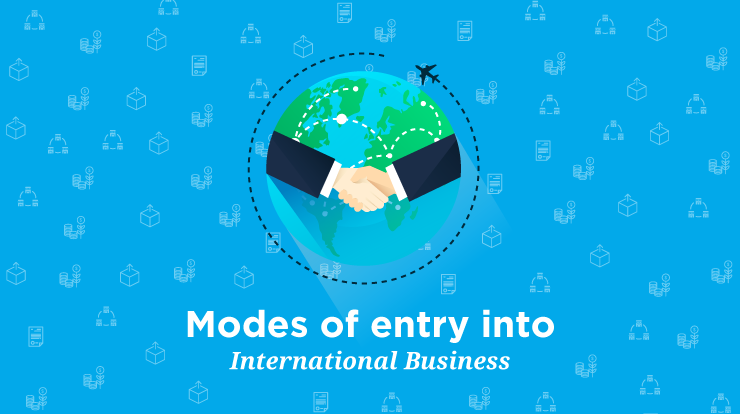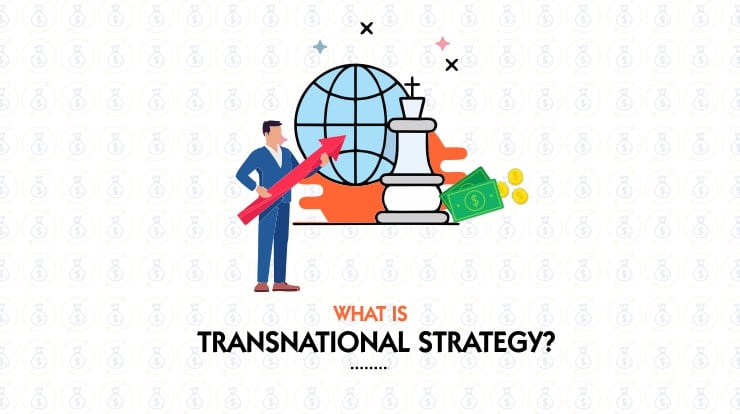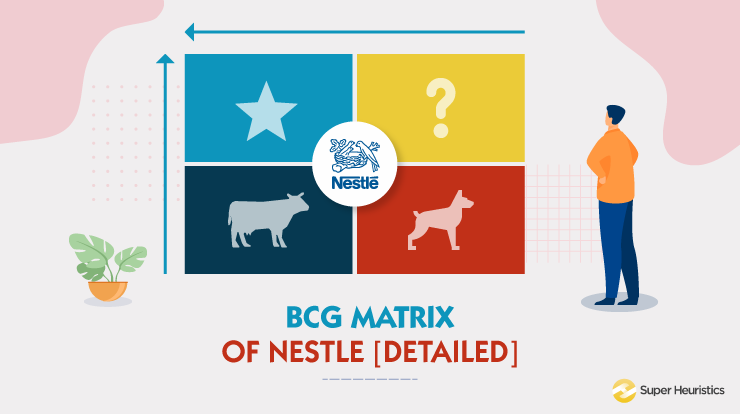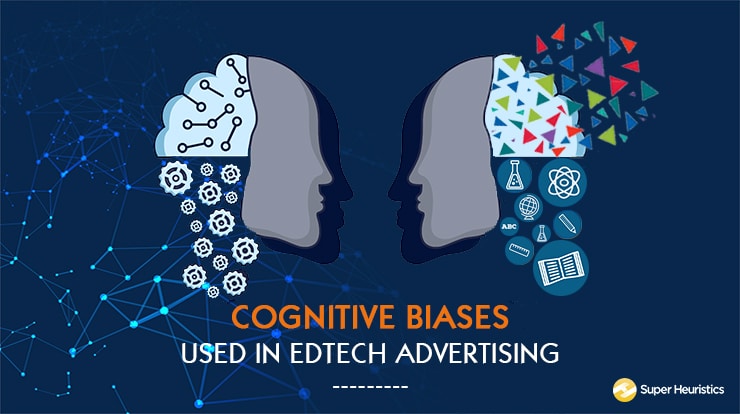
One of the key ways of making effective marketing campaigns and advertisements is by the use of cognitive biases correctly. Cognitive biases in marketing have been employed for a long time by various companies in their campaigns to play with consumer behaviour and make users choose their offering over the other.
As marketers, it becomes important to understand these subtle underlying biases. In this article, we are going to focus on understanding what is a cognitive bias and see how they have been used by Edtech companies like Byju’s, Vedantu, White Hat Jr, etc for effective marketing with examples.
But before talking about cognitive biases in consumer behaviour in detail, let me introduce you to the agenda that we will cover.
As Management students, we are taught all kinds of economic models to expect and predict the changes that will occur due to certain decisions. But did you know that most of the models we study are not realistic and prone to fail?
It is because they make fundamentally unrealistic assumptions and the prime one being, humans are rational beings.
Years of cognitive research and simple introspection will prove that humans are anything but rational. Because we exhibit what is called cognitive biases and when utilized well can heavily influence our decision-making ability.
Interesting Reads: Why edible cutlery never sells until you do this
What is Cognitive Bias?
Let us take an example to understand.
Is a person more likely to die of a shark attack or by getting hit by a falling plane part? If you said to yourself, “Of course shark attacks!” then you have fallen prey to what they call a cognitive bias or more precisely, an availability cognitive bias.
Availability bias or availability heuristic is our tendency to rely on immediately available familiar information that comes to our mind when contemplating a particular topic. Or simply put if I have heard more about shark attacks than people dying due to falling plane parts then the former is more likely to be true.
Well, numbers show that more deaths are caused by plane parts falling out of the sky than shark attacks but we believe the latter is more common because that is what the media feeds us.
Hence a cognitive bias is a predictable pattern of error in thinking that we exhibit while trying to process the information that is presented to us.
Let us take another example to understand the use of cognitive biases in marketing. We believe that people who go to Harvard or MIT become really smart. Or that if we swim a lot, we will end up becoming tall and lean.
This is called the Swimmer's body illusion, the confusion of selection traits with results. Ivy League colleges do not make people smarter or maybe they do but they definitely accept people that already are.
Swimming doesn't give us the tall, lean body. People excel at swimming because they already have the body frame.
Interesting Reads: Quality based Price Positioning - Fossil vs Fastrack
Cognitive Biases in Marketing
You would have seen various ads like the one below. Actors dressed up as dentists or doctors recommending a certain brand’s products as the best.
This is a clear case of authority bias used by hygiene product commercials. By bringing a figure of authority in the ad, it tries to convey more accuracy in the message being delivered.
Now let’s get down to business. But before we understand in detail the Cognitive Biases examples used in EdTech Advertising by Byju’s, Vedantu, White Hat Jr, and Unacademy, let’s first set the backdrop.
Also Read: Decoding Consumer Behaviour in India
EdTech Industry in India
According to a recent report by RedSeer and Omidyar Network, India’s EdTech market will touch a mark of $3.5 Billion by 2022. It is not shocking given that this industry has seen a huge boost all over the world due to COVID-19.
An investment of more than $1.5 billion has been raised by Indian Edtech firms like Vedantu, Byju’s, Unacademy etc in 2020 alone, which is more than the last 5 years combined. There also have been 7 acquisitions in this sector in just the first 6 months of 2020 and 3 of which were done by Unacademy.
With huge demand, it is only fair that there is fierce competition and one way to one-up your competitor and grab a bigger pie of the share is increasing the marketing spend
Cognitive Biases used in EdTech Advertising
Here are the most commonly used cognitive biases in marketing by some of the biggest Indian Edtech firms. Lets understand each cognitive biases in advertising by companies like Byju’s, Vedantu and White Hat Jr. in detail.
Halo Effect Bias
Byju’s made a grand entry into the market with Shah Rukh Khan as its brand ambassador. In fact, according to the Indian Institute of Human Brands (IIHB) report, Byju’s ads featuring SRK was rated as the most recalled celebrity ad during the ICC World Cup 2019.
Given that SRK charges a lot of money for endorsements, why do brands spend so much money on celebrities to promote their products?
The answer is the Halo effect bias. It is the tendency of people to allow the positive impressions of one person/brand/product to positively influence their opinion onto something else.
In this case, SRK’s likeability influences the opinion people have for Byju’s.
Following suit, Vedantu roped in Aamir Khan as their brand ambassador recently. Given that Aamir Khan has been a spokesperson for education in various ways, he makes for a good choice and can bring his credibility to the brand.
Survivorship Bias
Do you ever think to yourself that the ’90s had the best music? Why don’t they make music like that now? Or maybe it is time you start a start-up because a lot of them seem to be thriving these days?
That’s most likely because you don’t remember the crappy songs the ’90s had and because nobody talks about the starts up that fail. According to a moneycontrol report, 90% of startups fail within 5 years of their inception in India.
That’s due to the propagated survivorship bias. Survivorship bias is the error of focusing on the people/companies who were successful at something and overlooking those who failed due to their lack of visibility.
This is the exact idea behind the ads from the kid’s coding platform White Hat Jr’s received a lot of flak on social media. These ads used the pictures of Bill Gates, Sundar Pichai, and Mark Zuckerberg to drive home the point that learning to code from a young age increases a kid’s chance to become incredibly successful.
While the ads were criticized for overexposure and quoting outliers, the ads are basically trying to invoke the survivorship bias.
In this case, the ads only refer to the most successful stalwarts while conveniently forgetting to acknowledge the millions of IT professionals in the country who still work for a meagre salary.
Fear Of Missing Out
Humans are loss aversive and value loss way more than they value gain. This very quality makes parents an easy targets for ads who create FOMO.
For example, when White Hat Jr asserts to parents that learning coding early will give their kid a head start over the others, they make parents feel compelled to enroll their kid into these courses even though it may or may not help them in the long run.
Or when Byju’s representatives tell parents that their offering would provide children the extra push and immersive learning they need to become smarter and score more, it induces FOMO of the opportunity in them.
Bandwagon Effect Bias
The more and more people get enrolled in platforms like Vedantu, Byju’s, and White Hat Jr etc it creates a network effect and the ripple helps, even more, get enrolled as a result. This is a cognitive bias example for the Bandwagon effect.
It is the phenomenon where the rate of uptake of beliefs and fads increases in proportion to others who have already done it.
One such strategy used to increase the number of new additions to Byju’s app was by making it free for students. As a result, there was a 60% increase in new students according to Business Insider.
IKEA Effect
Have you ever heard the phrase, labor begets love?
Almost always the most satisfaction we get in life is because of a job well done. Our first painting or our first project at work. Most times it doesn’t matter what other people think about it. It is valuable to you because you made it.
This thinking where you tend to place a disproportionately high value on the things that you create even though others might not perceive it to be valuable is called the IKEA effect.
Some of the education product offerings allow students to create something of their own, for example, White Hat Jr allows kids to create their own game app. This plays with their sense of ownership and the sheer joy of creating something that makes them value the offering more than they otherwise would, would be an IKEA cognitive bias example.
Framing Effect
Recently Vedantu, an online tutoring platform launched a new campaign with Aamir Khan as its brand ambassador. The ads in the campaign end with the phrase “ Samajh Ayega Toh Maza Ayega.. Maza Ayega Toh Samajh Ayega”. (If you understand it, you will enjoy it. If you enjoy it, you will learn).
The focus of the ads is highlighting the availability of live tutoring to address a parent’s concern over completely automated learning.
By doing so, Vedantu is trying to frame that it is better than its competitors. This framing of one of the characteristics of the product in a positive light convinces the customer to take action.
Mere Exposure Effect
Let's say you have wanted to buy a new phone for a while and you go to an eCommerce site and search for a smartphone. Hence begins the chase for exposure. Every website you visit, every social media platform you browse, you start seeing phone ads everywhere. If only companies could advertise in our dreams!
The whole point of this full-blown ad attack is to create overexposure to certain products by companies and we usually fall victim to it.
The mere exposure effect shows that people tend to prefer things they are more familiar with. This amount of advertising leads customers to choose a product they are more exposed to rather than the one that is suitable for them.
Let's see a mere exposure cognitive bias example in the Edtech industry, a Bright Eye VC report states that 12 global public Edtech companies on average had their marketing budget at 25% of their revenue. By overspending on marketing these companies overexpose their offerings to customers.
Right from TV ads, social media ads salespeople visiting the homes of the customers, companies like Byju’s leave no stone unturned to be in the face of the customer.
Conclusion
Cognitive Bias - A predictable pattern of error in thinking that we exhibit while trying to process the information that is presented to us.
Halo Effect Bias - is the tendency of people to allow the positive impressions of one person/brand/product to positively influence their opinion onto something else. Eg, featuring SRK in Byju’s ads to influence user's opinions of Byju’s.
Survivorship Bias - error of focusing on the people/companies who were successful at something and overlooking those who failed due to their lack of visibility. Eg, White Hat Jr’s featuring Bill Gates and Mark Zuckerberg in their childhood to convey coding at a young age leads to more chances of success.
Fear Of Missing Out - Creating anxiety for missing out on something. Eg, Edtech companies creating FOMO for parents by promoting they make kids smarter and increasing their chances to score more.
Bandwagon Effect - the phenomenon where the rate of uptake of beliefs and fads increases in proportion to others who have already done it. Eg increasing the number of students getting enrolled in online education platforms.
IKEA Effect - tendency to place a disproportionately high value on the things that you create even though others might not perceive it to be valuable. Eg, White Hat Jr allowing kids to create their own game apps.
Framing Effect - This framing of one of the characteristics of the product in a positive light that convinces the customer to take action. Eg, Vedantu’s attribute framing of its live tutoring.
Mere Exposure Effect - tendency to prefer things people are more familiar with. Eg, Companies increasing their ad spending to increase recall.
As future marketers, it is crucial for us to understand what an ad talks about and why. Decoding the hidden biases behind the ads gives us a deeper insight into consumer behavior and helps us know how to use cognitive biases for effective marketing.

